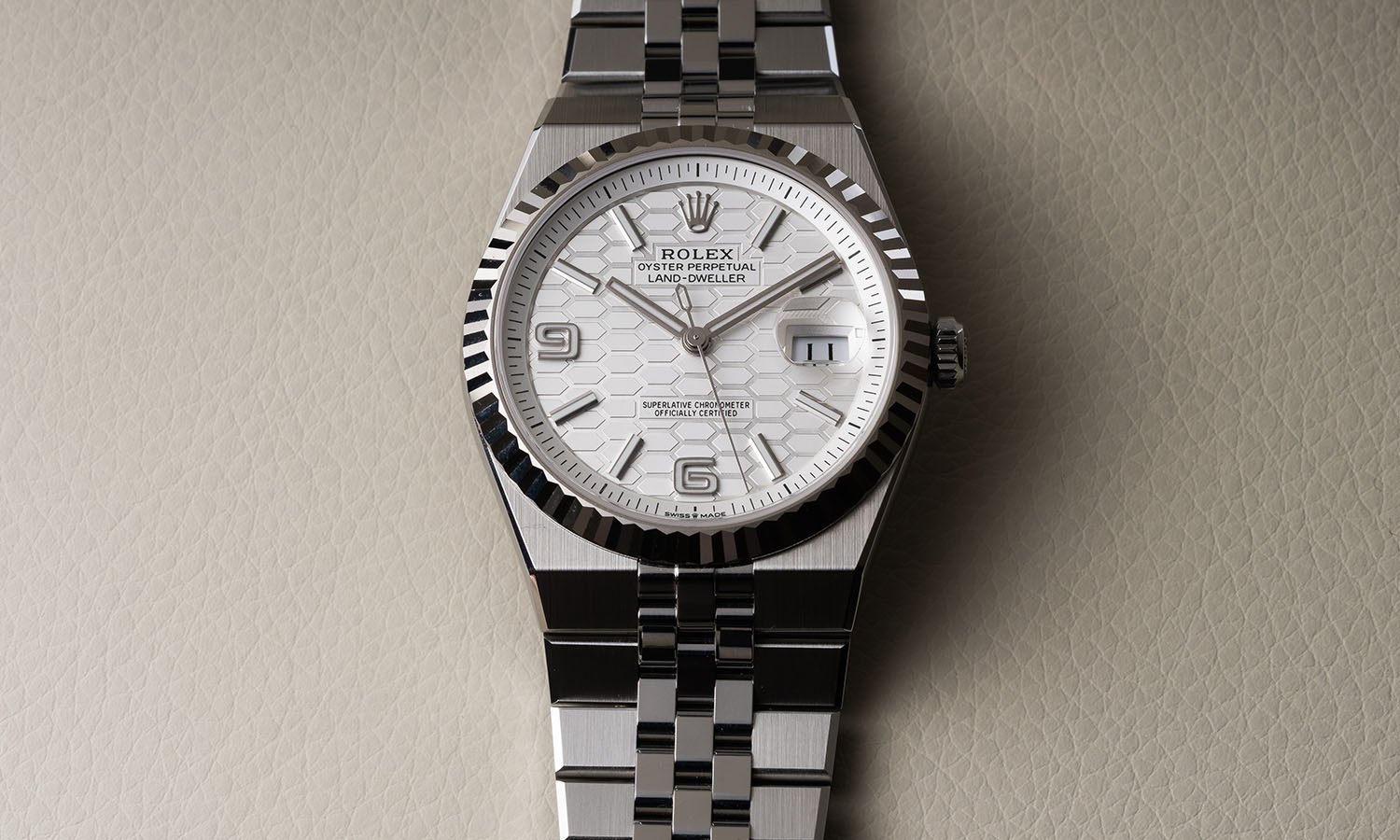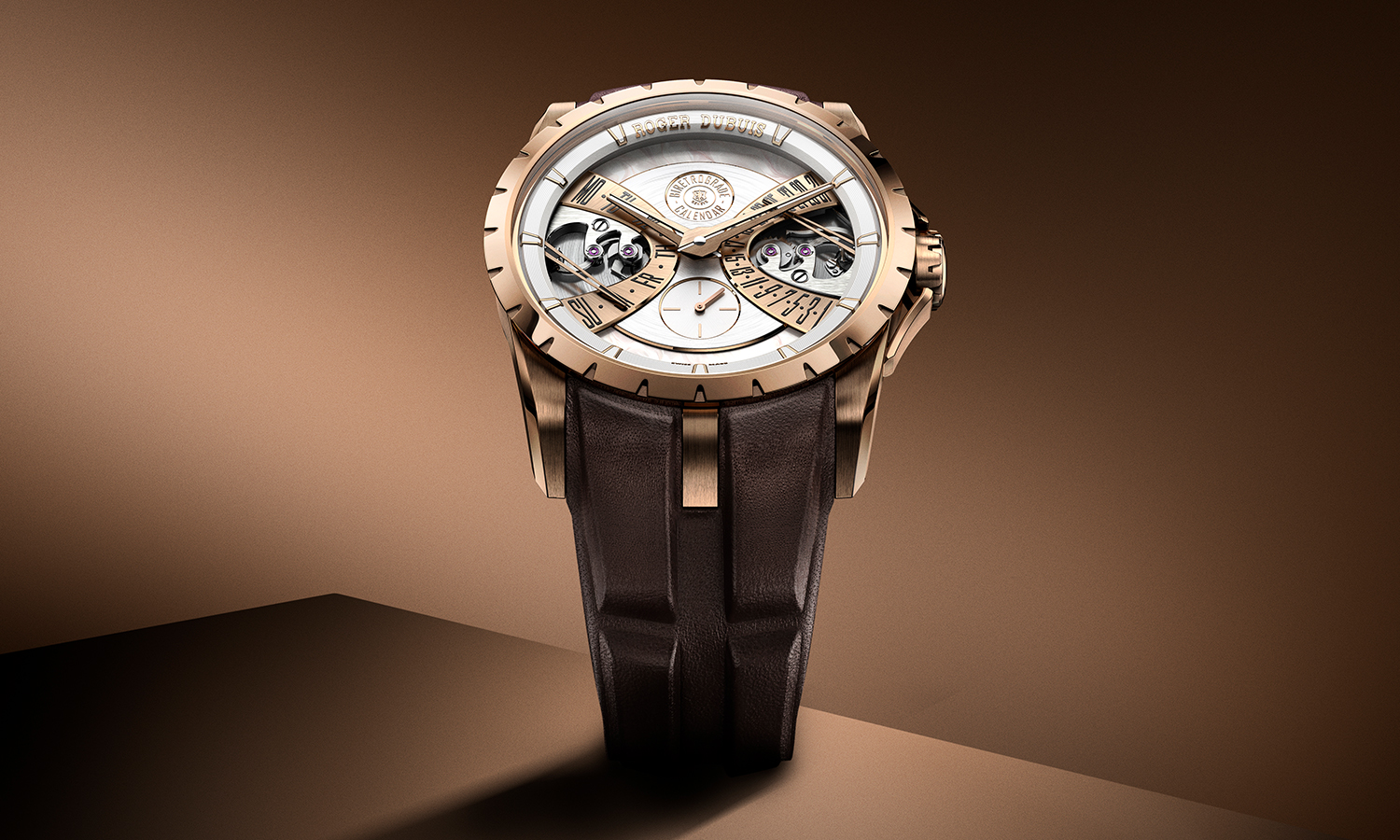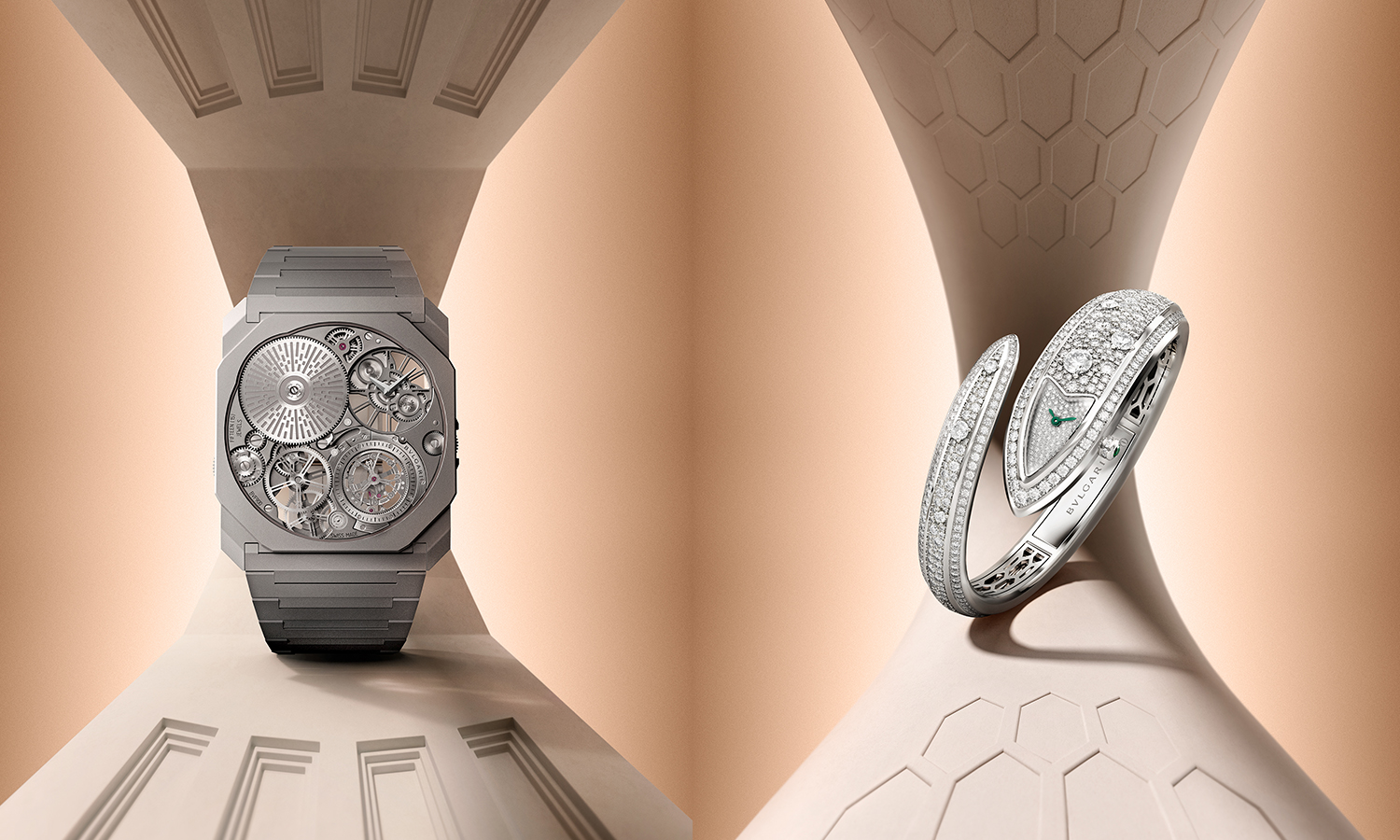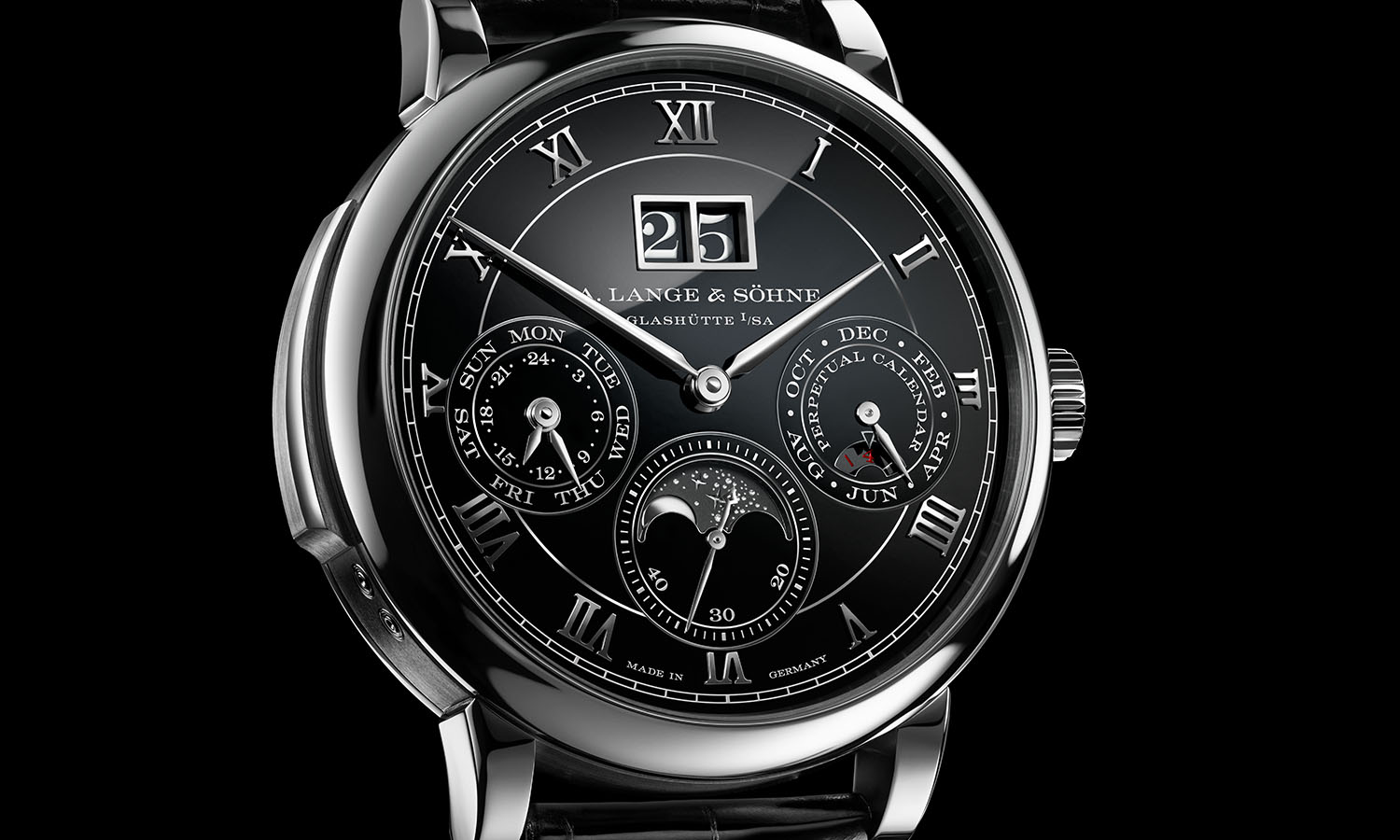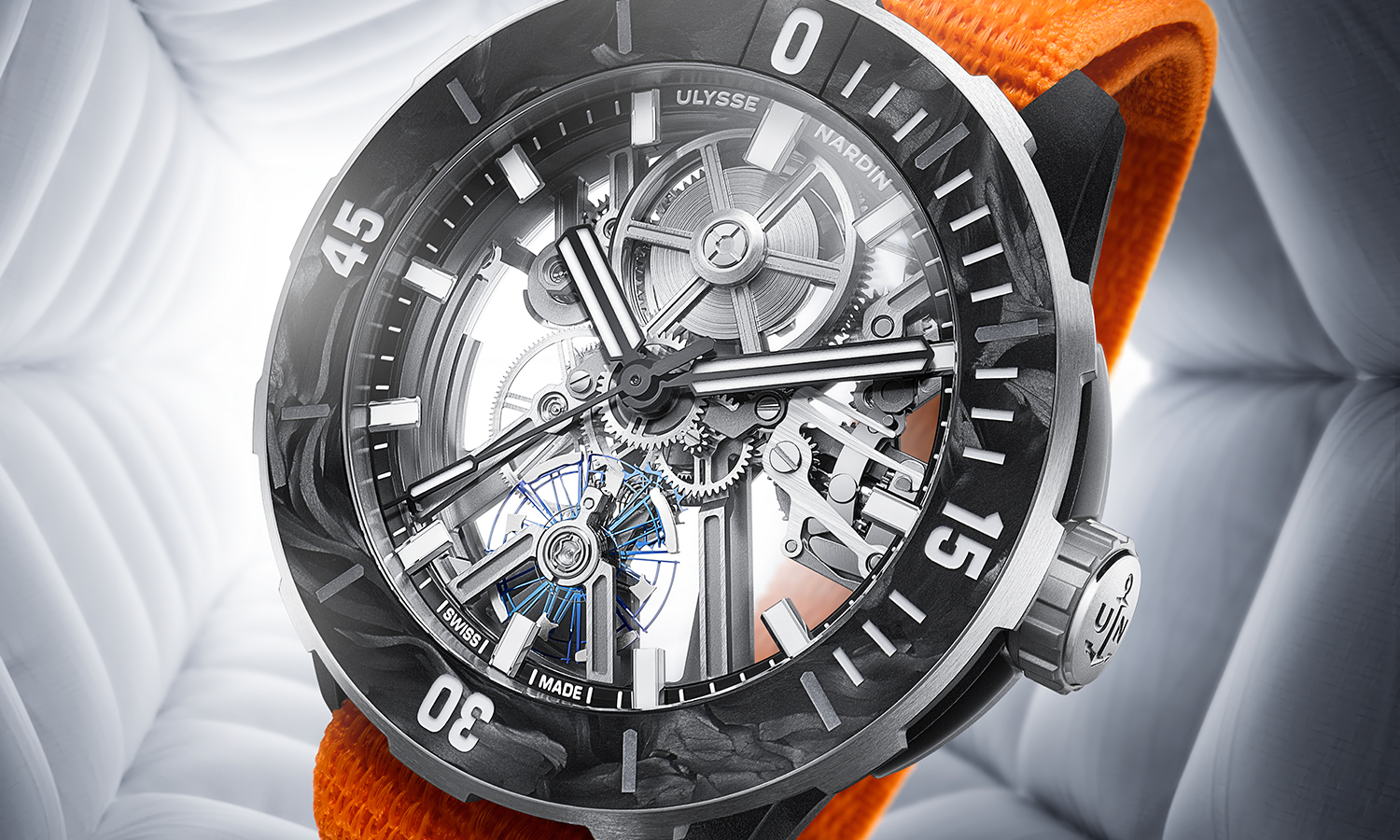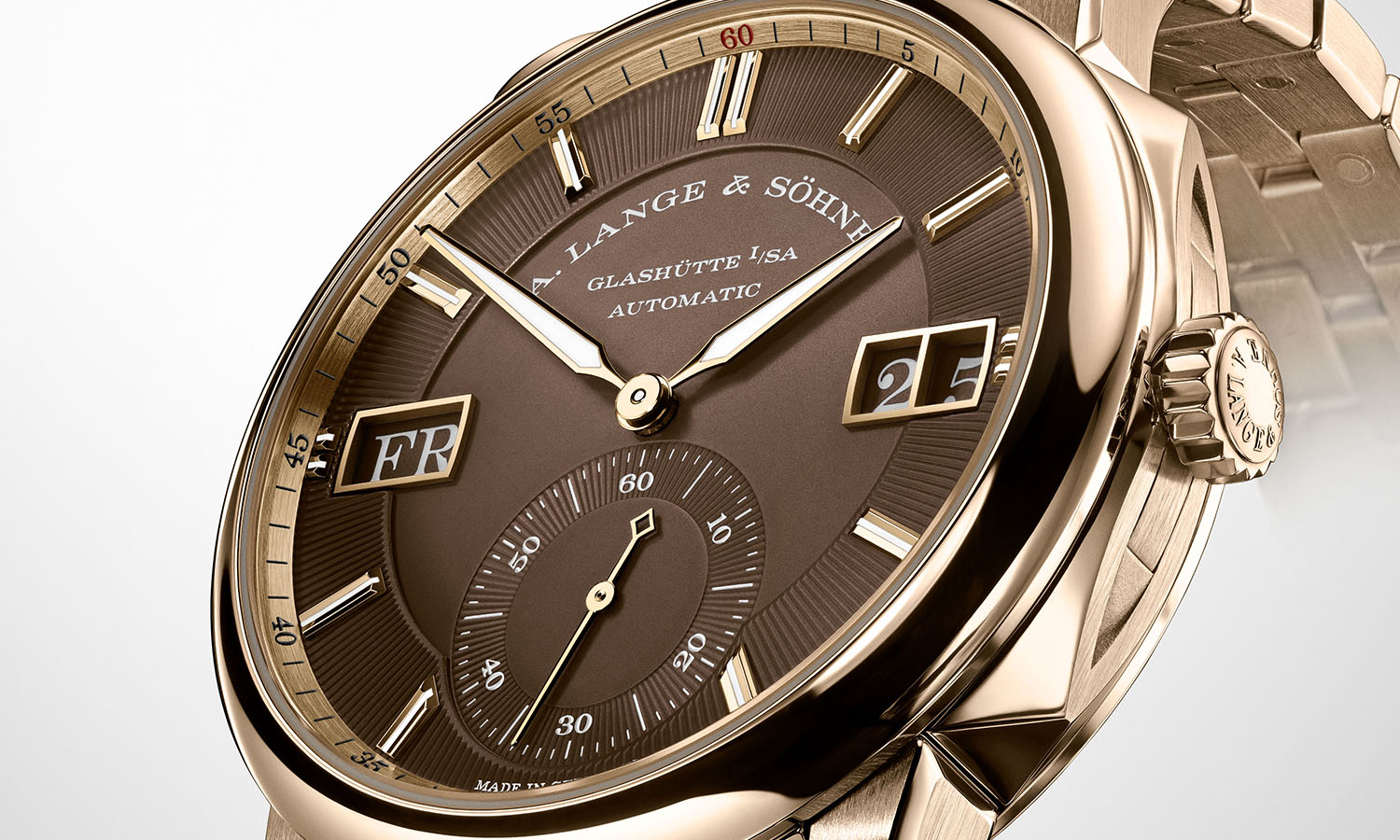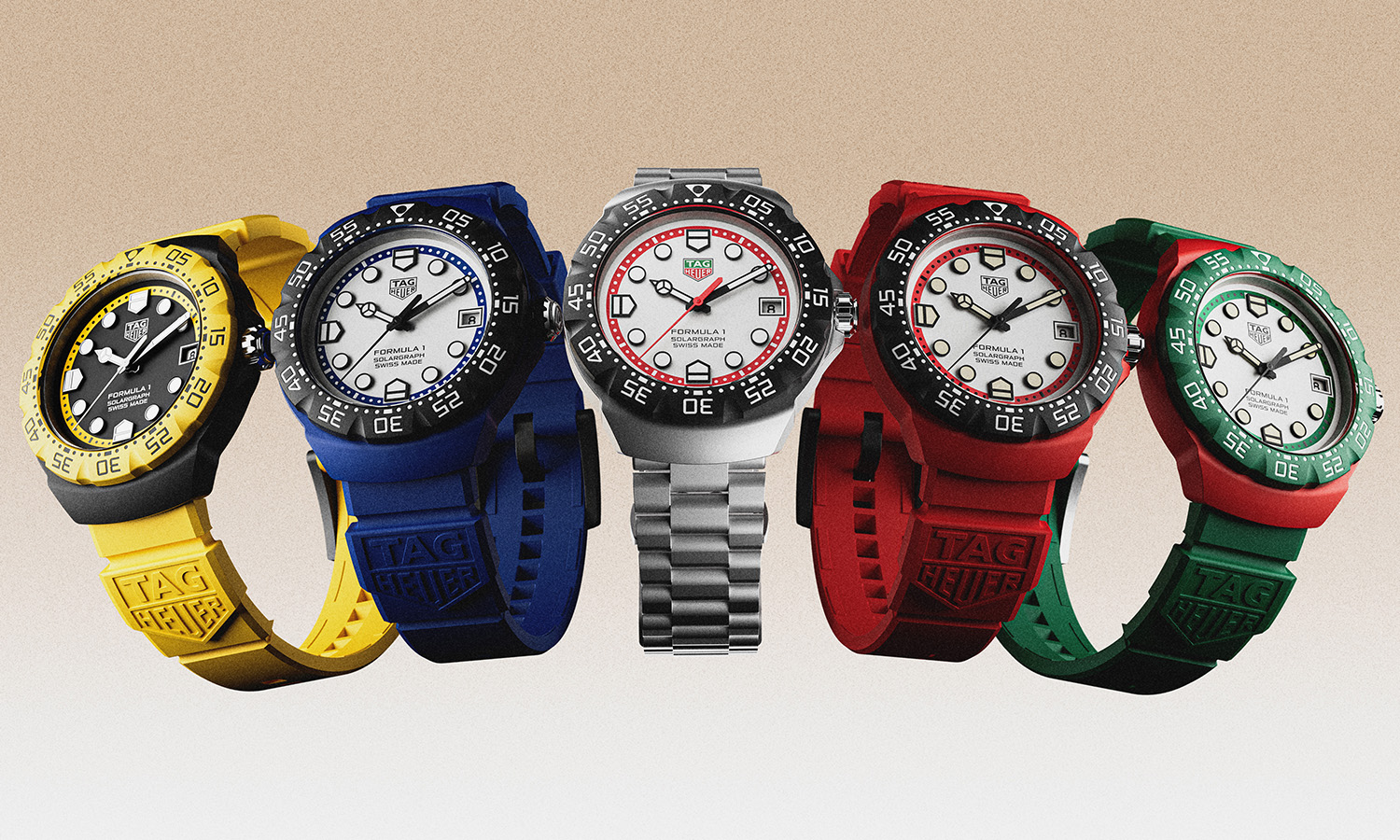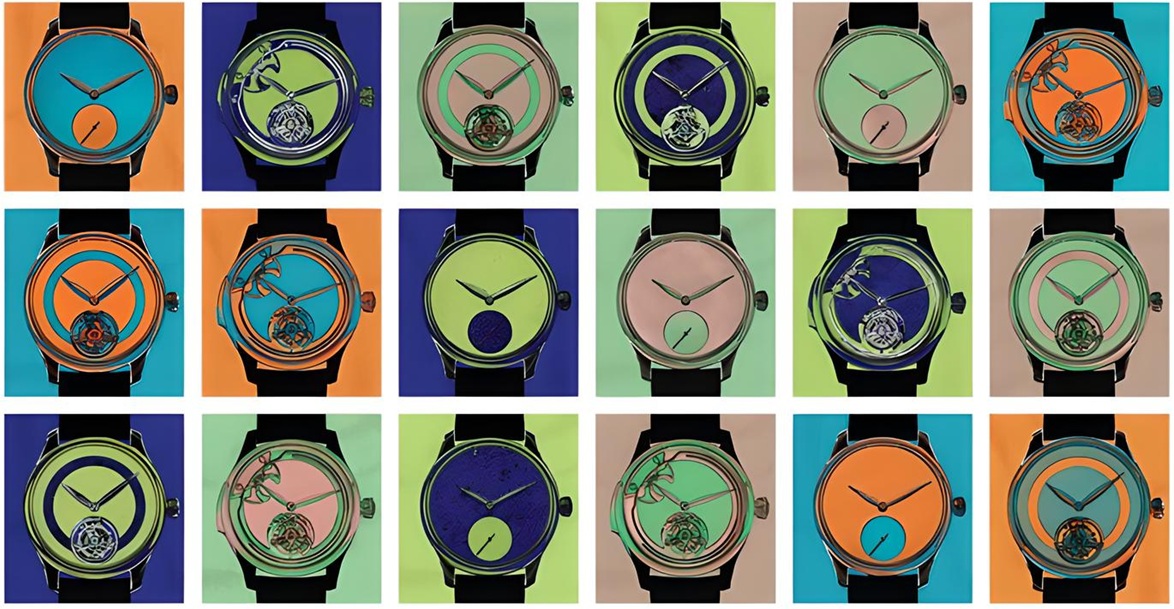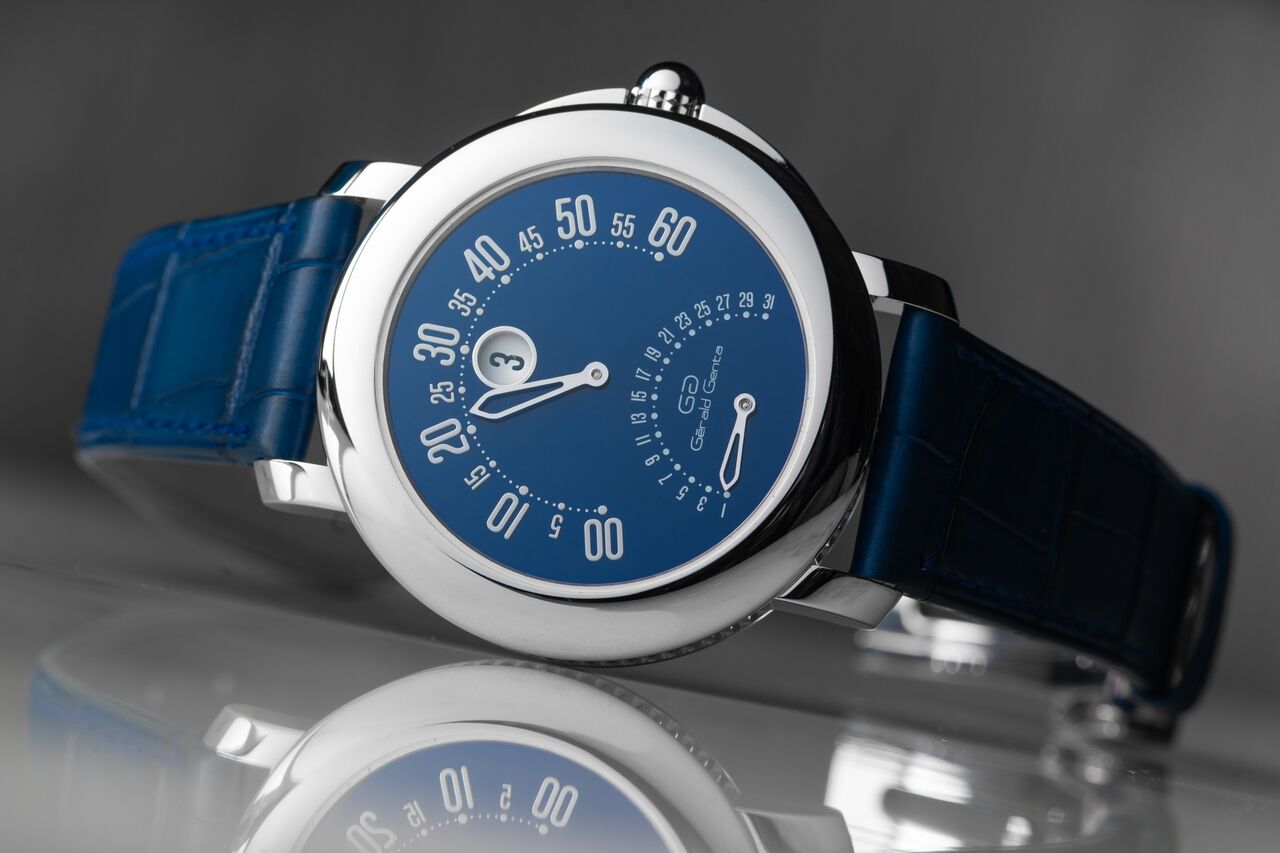
Digital Displays: Jump Hour Watches
Rather than a traditional hour center hand that sweeps around the dial pointing to 12 indexes, jump hour watches use a digital display (not to be confused with modern digital watches) to indicate the current hour. This particular mechanical watch complication dates back to 1883 when Josef Pallweber patented his invention using rotating discs for hours and minutes and displayed the time numerically via a pair of windows. Over a century later, Pallweber’s innovation is still alive and well as illustrated by these three brilliant examples of jump hour watches.
Bulgari Gerald Genta 50th Anniversary Arena Bi-Retro
As the man behind the groundbreaking designs of the Royal Oak, Nautilus, Octo, and so many other timepieces, the Gerald Genta name is a storied one in the luxury watch community. In 2000, Bulgari purchased the Gerald Genta brand and applied the acquired expertise to fuel its own ambition to make an indelible mark in high-end Swiss watchmaking.
This year marks the 50th anniversary of Gerald Genta’s eponymous brand and while the man may no longer be with us, Bulgari has released a jump hour watch in his honor. The Bulgari Gerald Genta 50th Anniversary Arena Bi-Retro features a 41mm platinum case, which houses a blue lacquered dial. Sitting beneath a retrograde minutes display on the upper dial space is a jumping hours window at 12 o’clock and a retrograde date display on the lower section of the dial.
Bovet Virtuoso V
Bovet released a new colorway for the Virtuoso V timepiece this year, opting for a striking red guilloché dial inside the famed Amadeo case. For the uninitiated, the genius behind the Bovet patented Amadeo case is that it can easily transform from a reversible wristwatch to a pocket watch to a table clock.
The new Bovet Virtuoso V features a red gold Amadeo case, measuring 43.5mm. On one side of the case is a dial with jump hour window accompanying a retrograde minutes display, while the reverse dial, which is open-worked for a view of the manual movement, includes an off-centered subdial with traditional sweeping hour and minutes hands. Also on the open-worked dial side is a seconds cage topped with a triple-armed hand in addition to a power reserve indicator.
Roger Dubuis Excalibur One-Off
Roger Dubai teamed up with Lamborghini and Pirelli to unveil the Excalibur One-Off—a unique piece furnished with a brand new movement. Cleary inspired by Lamborghini’s engine structure, the v-shaped Caliber RD106SQ skeletonized movement includes two double flying tourbillon mechanisms positioned at a 90-degree angle. The skeletonized dial has a jumping hours window displaying a large red numeral, along with a sweeping minute hand. Plus, a corrector button placed at 4 o’clock on the case allows the user to switch gears between “wind” or “set” functionality, as indicated at 6 o’clock. The manual-wound movement, complete with the illustrious Poinçon de Geneva hallmark, offers a 60-hour power reserve when fully wound.
The skeletonized dial and movement of the Roger Dubuis Excalibur One-Off are enclosed in a mega 47mm case, fashioned from carbon and ceramic while the interchangeable rubber strap showcases the Pirelli special “L” mark reserved for Lamborghinis.
 SIGN UP
SIGN UP





